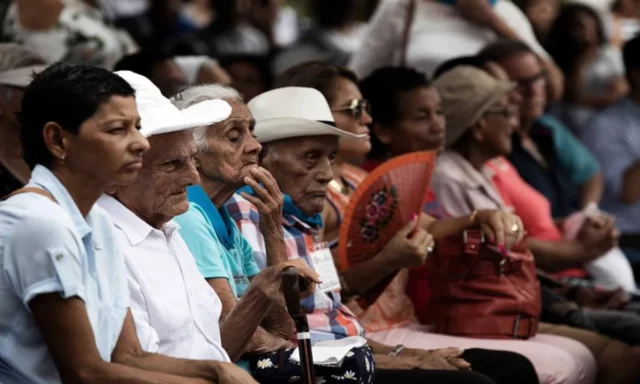The longevity secret for the inhabitants of the so-called “blue zones” lies in a combination of spiritual factors, coexistence with a healthy and happy life, a three-day forum held in Costa Rica concluded.
The Nicoya Peninsula, province of Guanacaste (west), was the setting for the World Meeting of Blue Zones forum, as it is one of the five blue zones in the world due to the exceptional longevity of its inhabitants: at least 900 people over the age of 90 years old and 43 over 100, most of them lucid and active.
Most of these people have dedicated their lives to working in the fields in livestock or agriculture and part of their diet is made up of the food they produce themselves.
The coordinator of the scientific forum of the World Meeting of Blue Zones, Costa Rican Fernando Montero, stated that it was a “highly satisfactory” experience due to the exchange of experiences between international experts.
Spirituality and behavior of coexistence
“Relevant points of convergence were obtained on how healthy longevity is obtained by viewing people from a complete and comprehensive perspective, from their spirituality and behavior of coexistence, healthy eating, hours of sleep, as well as the importance of have clear goals and determine what will generate happiness, with the family as a fundamental axis,” explained Montero.
International experts agreed on the need to communicate to the world the factors that make a healthy longevity possible and to reflect on the process that Blue Zones entail as unique geographical spaces in the world. To that end, they agreed to create an International Network for Healthy Longevity that will be led from Costa Rica.
The concept of Blue Zones was created by National Geographic magazine and covers five sites: the Nicoya Peninsula (Costa Rica), Sardinia (Italy), Ikaria (Greece), Okinawa (Japan) and Loma Linda, California (United States).
Connection to other people and the environment
Journalist Dan Buettner, one of the creators of the Blue Zones concept, told the forum that humanity should try to emulate the lifestyle of the long-lived people in these zones, especially their connection to other people and the environment.
“It is an enormous pride to see the results of how the idea of researching the subject of longevity that arose more than 15 years ago is materialized in the meeting of the great research scientists on the subject of the Blue Zones”, declared Buettner.
Belgian demographic researcher Michael Poulain commented that one of the most important lessons of the World Meeting of Blue Zones is to communicate to the world what happens in these places.

“Costa Rica possesses a treasure of longevity in the Nicoya Peninsula that comes from past generations and has been built year after year. This treasure includes the atmosphere that surrounds them,” he said.
Within the framework of the forum, the Costa Rican Government signed an agreement with the Mayors’ Offices of Nandayure, Hojancha, Carrillo, Santa Cruz and Nicoya, the cantons that make up the Blue Zone, in order to generate public policies that seek to protect the quality of life of their habitants.
Sustainable and equitable promotion of the long-lived population
Among the commitments acquired, the sustainable and equitable promotion of the long-lived population stands out, establishing a related cultural agenda, strengthening rural, community and sustainable tourism; promote mechanisms that develop good health promotion practices and strengthen support networks.
About 200 healthy long-lived people over 80 years of age participated in the forum, who shared their experiences and enjoyed cultural and gastronomic activities.

